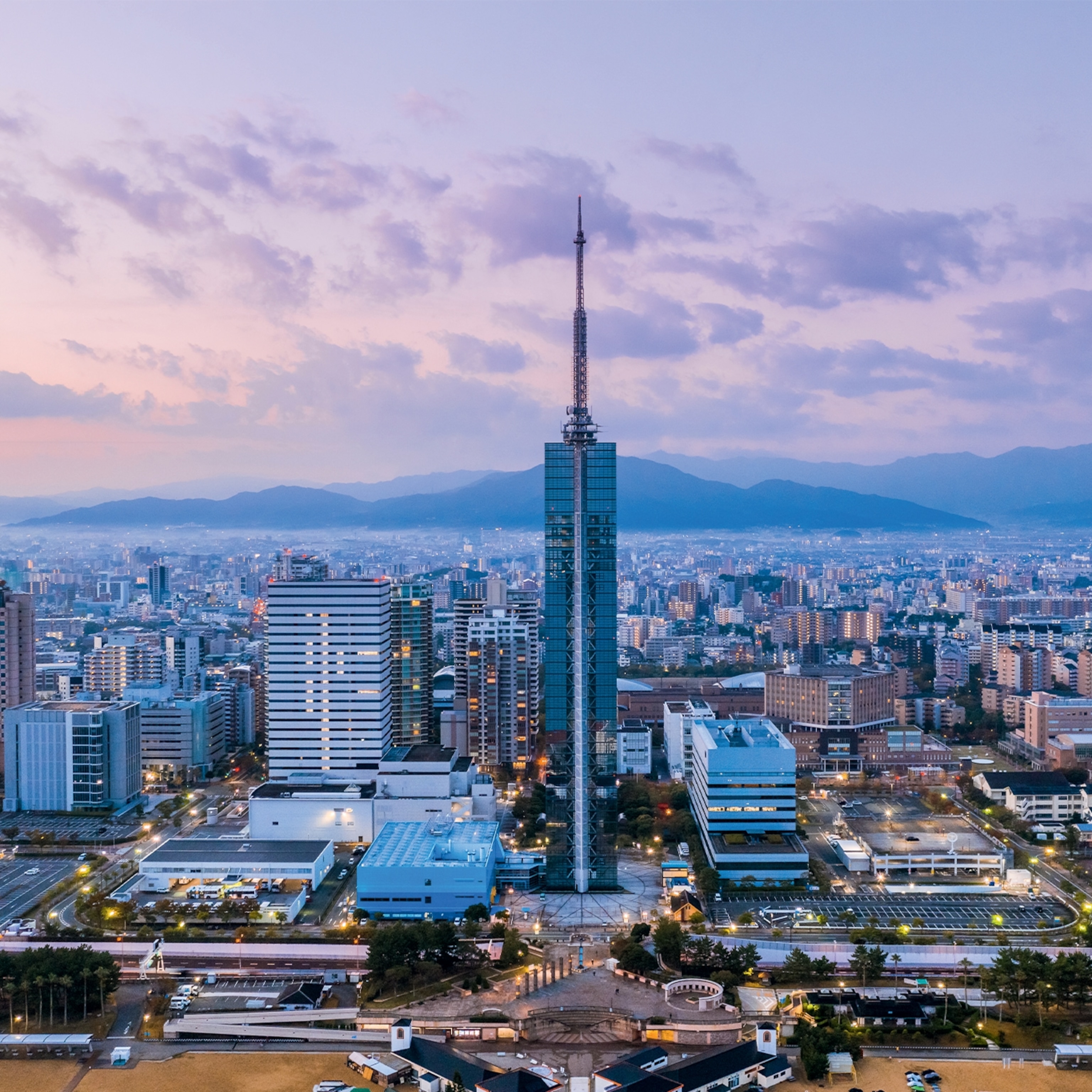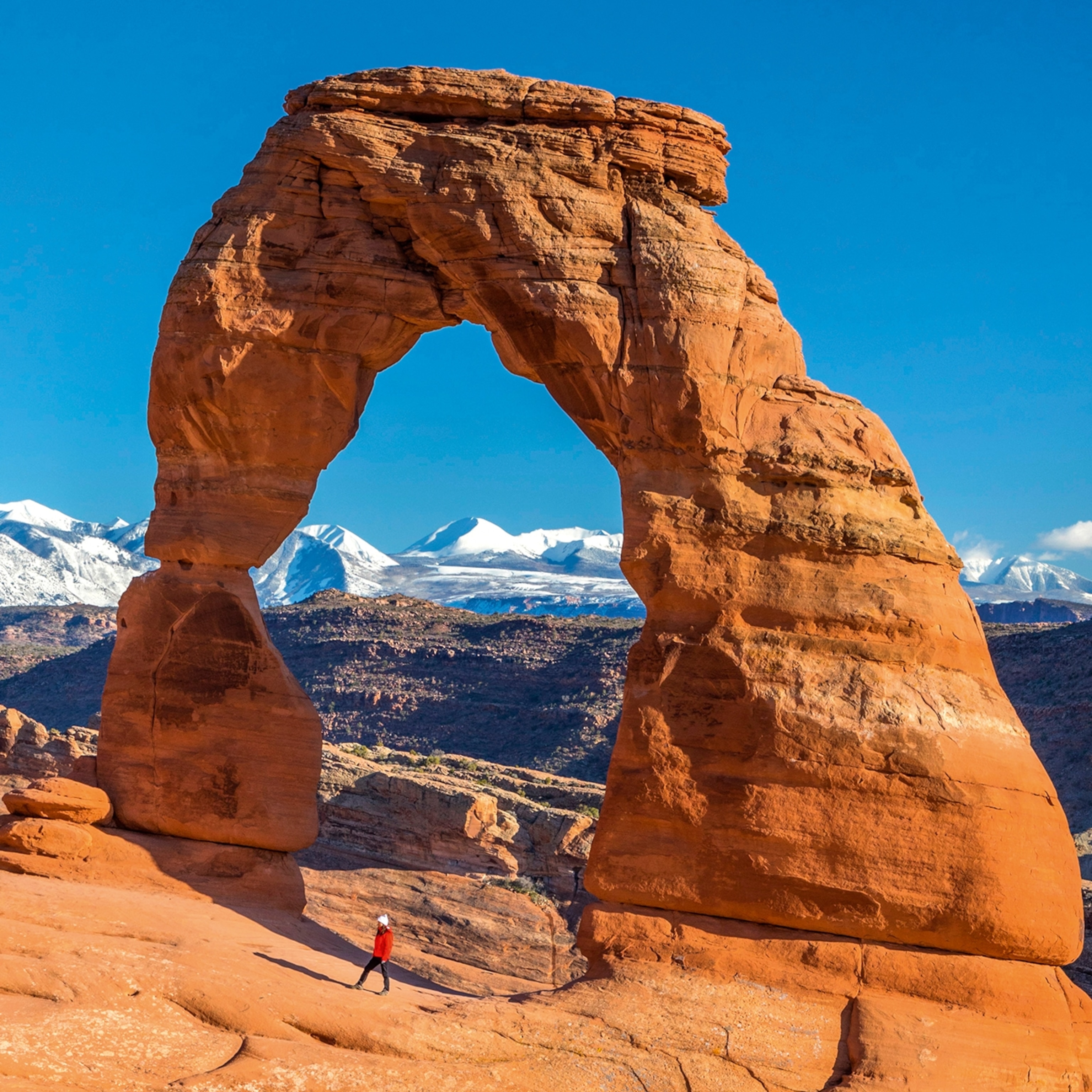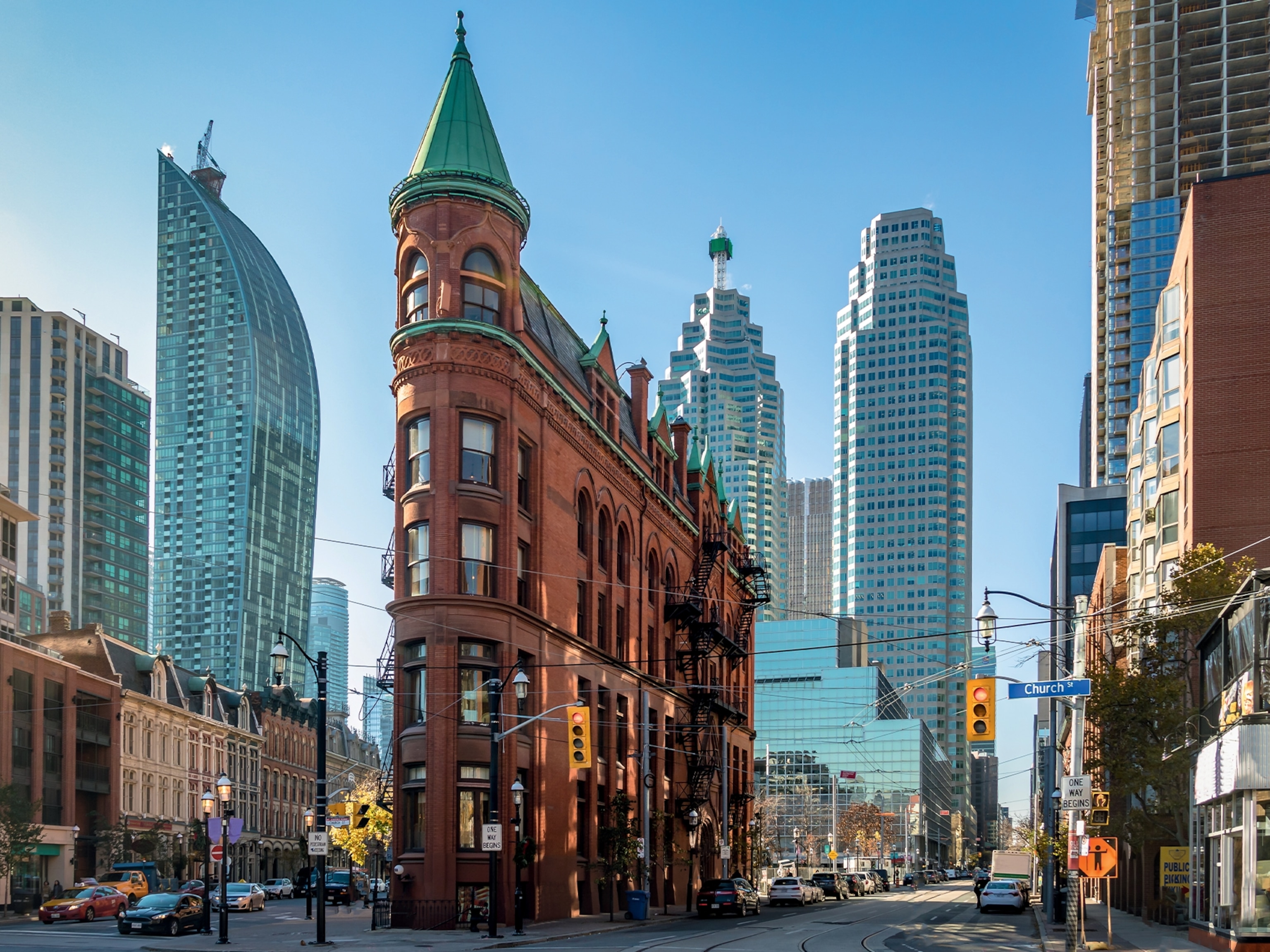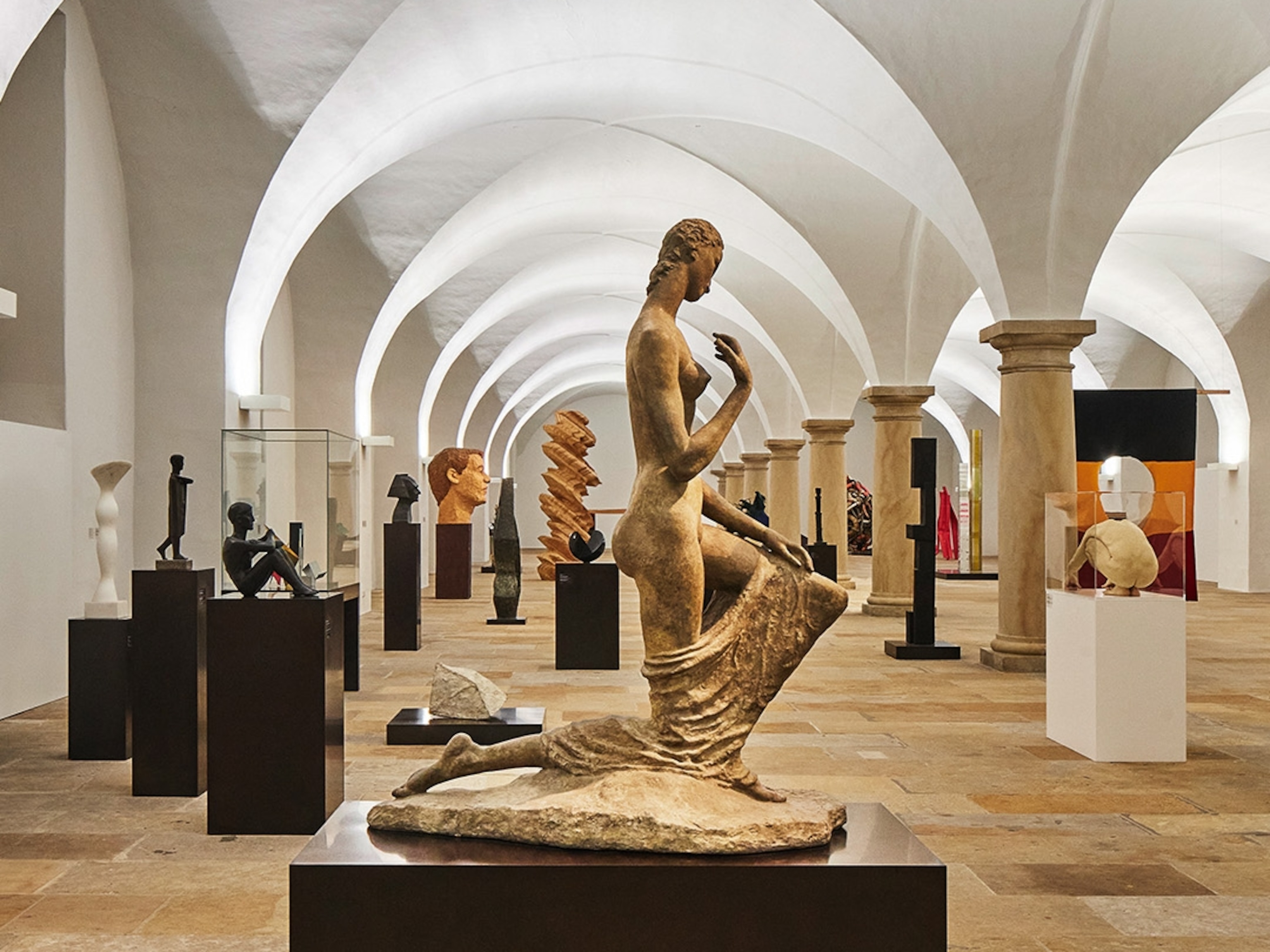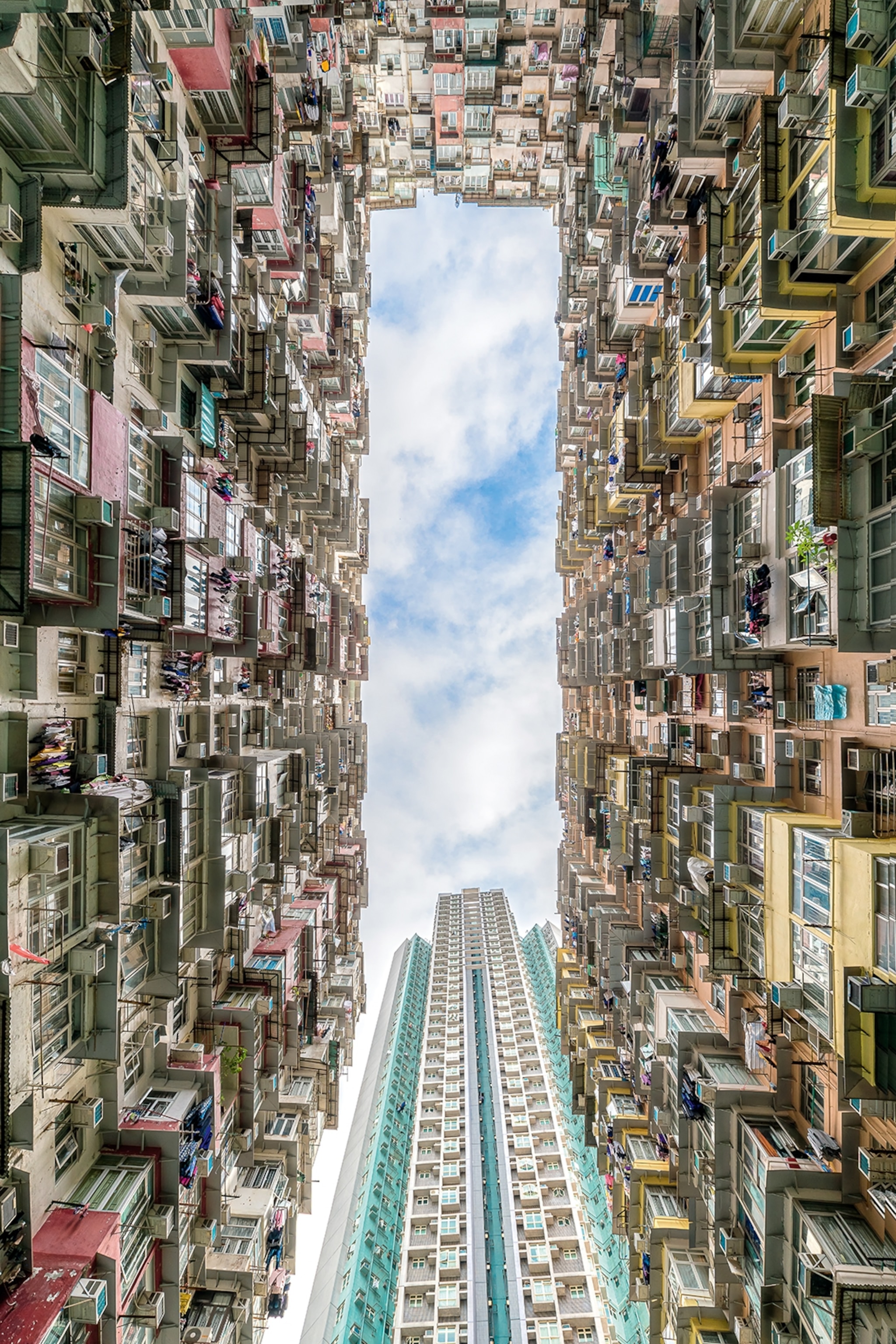
6 ways to explore Hong Kong's adventurous side
It may be best known for its skyscrapers and shopping, but Hong Kong offers untold outdoor activities, from coastal kayaking and mountain hikes to quiet bike rides and unusual food tours.
Corralled by mountain, sea and great swathes of protected countryside, Hong Kong can appear as incongruous as it is remarkable. Around 600 skyscrapers face off across the narrow glint of Victoria Harbour — roughly a third more than Manhattan’s tally. Like densely packed trees fighting for light, this forest of glass and steel strains ever-skywards: urban sprawl on a vertical plane. Through the canyons and warrens created far below flows a palpable energy: one born of nearly eight million people — drawn from every corner of the globe — living, and decompressing, in close proximity.
This is where most adventures begin — perhaps with an urban safari showcasing the cosmopolitan flair of Hong Kongese food or street art. But fail to extract yourself from the dense metropolitan core to explore the layers of green and turquoise beyond — to paddle to pristine beaches, pedal across throwback islands or tackle some of Asia’s most invigorating hiking trails — and you’ll have seen only one side of Hong Kong.
There’s no excuse not to: a splendidly efficient metro, tram and ferry network makes moving around a cinch, while capable, passionate guides are only too eager to demonstrate that this is an urban jungle in more than just metaphor.
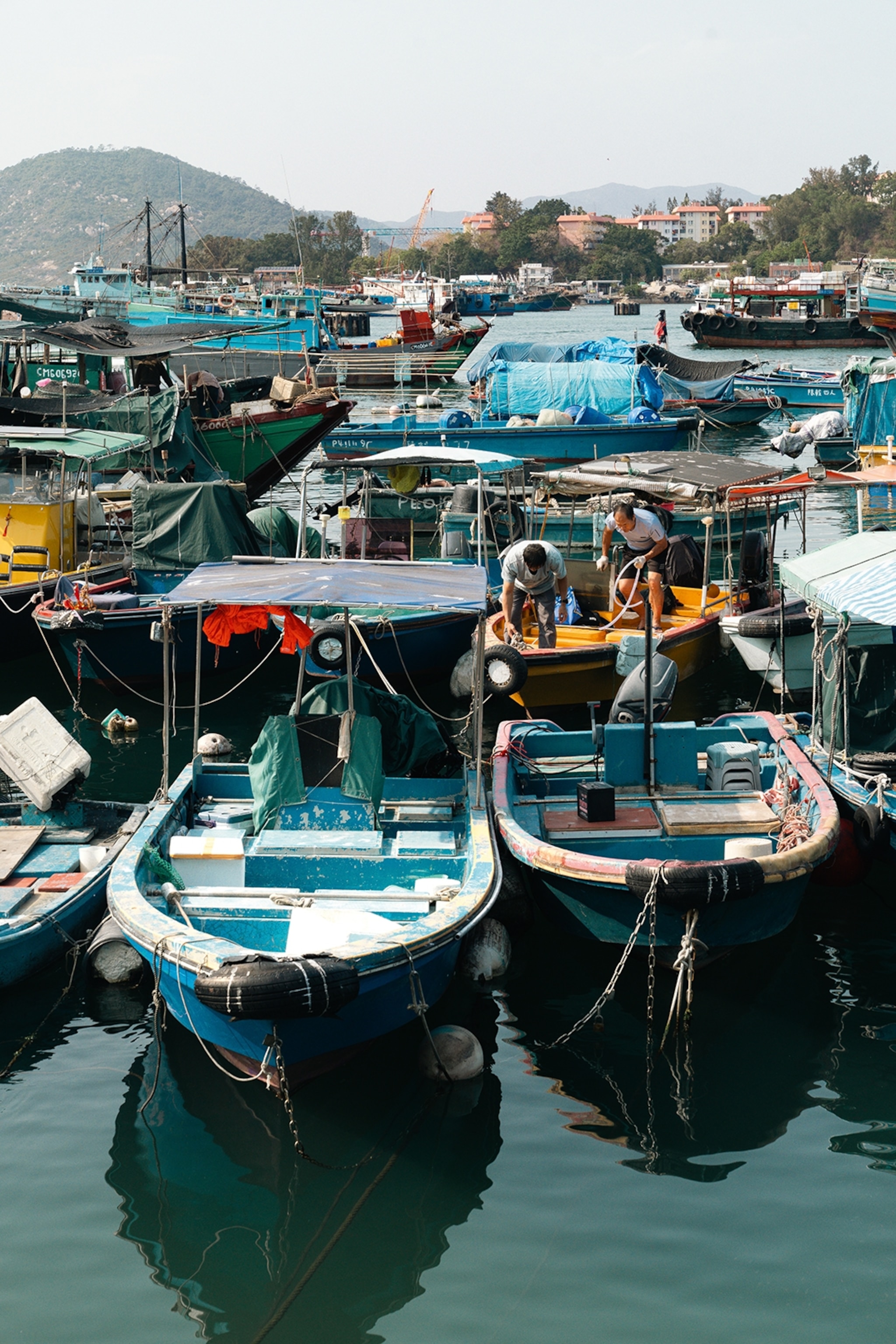
1. Shift down a gear
Andy Choi likes to arrive on Cheung Chau in the early morning, when life is getting into what passes here for full swing. Laughter and the clattering of mahjong tiles emanate from alleyways. Stalls selling food and trinkets are set out with care. And the fishermen, around whom life on this car-free island still revolves, unload catches or swap gossip. The cityscape of downtown Hong Kong may be just six miles away, but it feels a century apart.
Andy’s cycle tours of Cheung Chau, which depart by ferry from Central and are undertaken on bikes built for comfort rather than speed, trace the perimeter of the island. There are leisurely stops on beaches or in the shade of centuries-old banyan trees to absorb the serenity. “Easy riding is what this adventure is all about,” says softly spoken Andy. “Visitors often focus on city life and seldom venture out this far. But it’s just as important to see this slow-living, traditional side of Hong Kong.”
Cheung Chau’s ping on buns invariably feature at some point. White, steamed rice-flour affairs with sweet fillings, they were once given as offerings to gods and spirits to protect against pirates. More pertinently, they serve as excellent snacks for hungry cyclists.

2. Hit the trail
“Sometimes you must look back, other times you look forward —it’s a bit like life,” says Stella To, a hiking guide with an eye for the philosophical, extolling the merits of one of her favourite walks. The Wilson Trail, named for one of the last governors of Hong Kong, snakes nearly 50 miles north to the Chinese border. But it’s the opening two segments that are Stella’s focus. The seven-mile quad-strainer leads you from the beachfront condos of Stanley, on the southern shore of Hong Kong Island, into Tai Tam Country Park — the thick blanket of green that envelops a fifth of the island — and over the isle’s blustery spine.
The first stretch is all butterflies, birdsong and breathlessness, as you do battle with a flight of 1,200 steps cut into the clearly defined trail. “This is where you have to remember to look back,” says Hong Kong-born Stella, one of specialist hiking company Walk Hong Kong’s most experienced guides, lest you miss the island-studded expanse of the South China Sea opening up below. Then it’s eyes front as you crest the island at 1,430ft-high Violet Hill, and the glinting tips of the loftiest skyscrapers herald the start of your 1,640ft descent into the agreeable mayhem of the harbourfront, and your Quarry Bay finale. “It’s the stark contrast that’s so spectacular,” says Stella. “Initially you can lose yourself — it’s all very mindful. But then it’s just ‘wow, wow, wow’.”
3. Join the Rotary Club
Tom Cruise; Renée Zellweger; Henry Kissinger: just some of the high-profile figures that Paul Leigh has introduced to one of the world’s great airborne sightseeing tours. It begins in the 30th-floor China Clipper aviation lounge atop the Peninsula Hotel in Kowloon. Here, Hong-Kong-born Paul is in his element. As the helipad controller, he’s responsible for safety briefings, liaising with air traffic control and ensuring guests are strapped in.
Chopper tours last 18 minutes, rising through the steely spires of Kowloon, tracing the sandy bays and cragged peninsulas of southern Hong Kong Island and culminating in a thrilling swoop through the harbour, with the totemic white-and-green StarFerry service plying way below. The slender thread stretching to the western horizon through the Pearl River estuary is the 34-mile-long Hong Kong–Zhuhai–Macau Bridge, the largest sea crossing of its kind.
The tours provide the backdrop to milestone celebrations. “We get a lot of proposals,” Paul says. “I’ve only ever seen one poor guy not get the answer he was looking for. But he came back the following year — with a different girl — and that time it was a success.”
(10 of the best hotels in Hong Kong.)
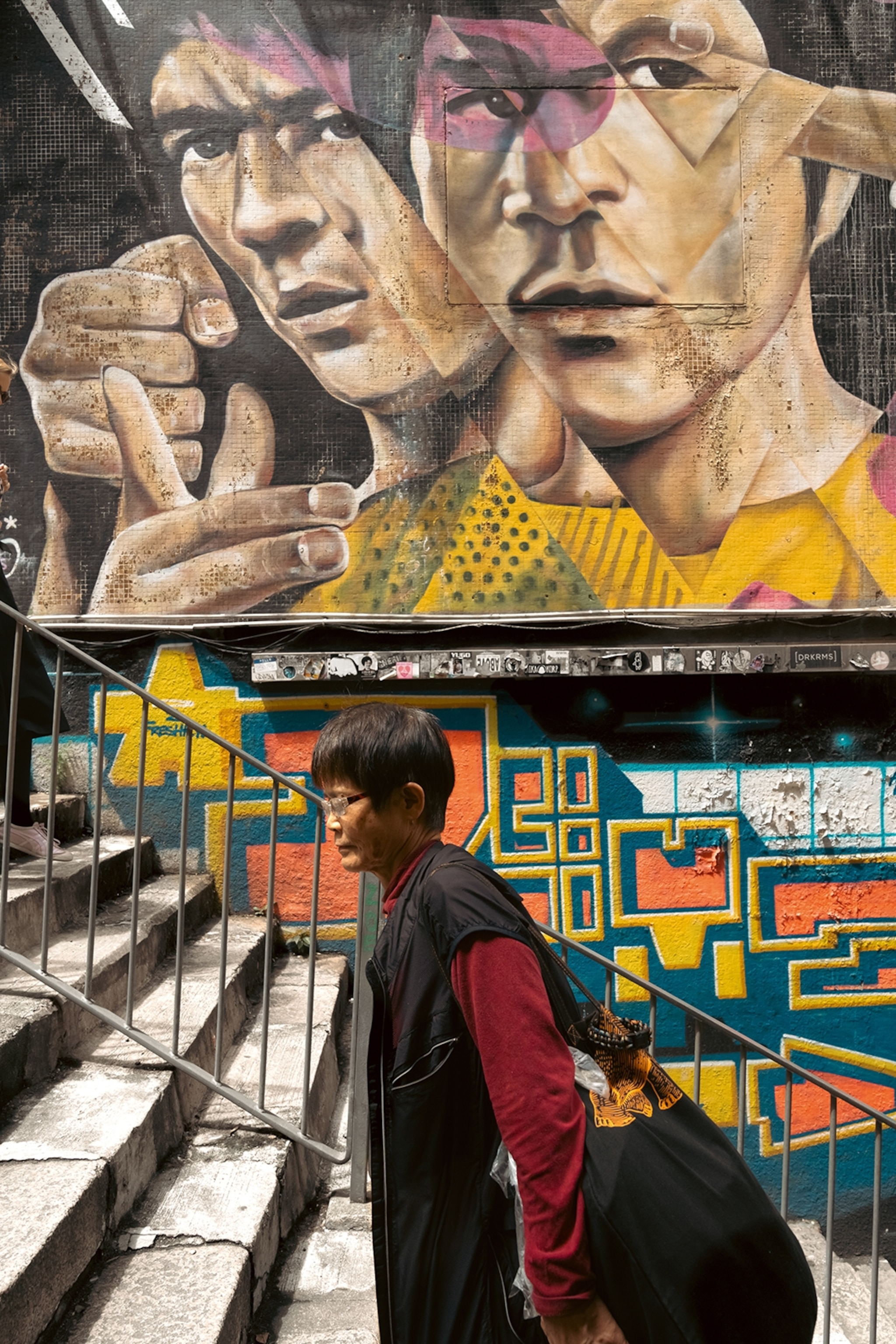
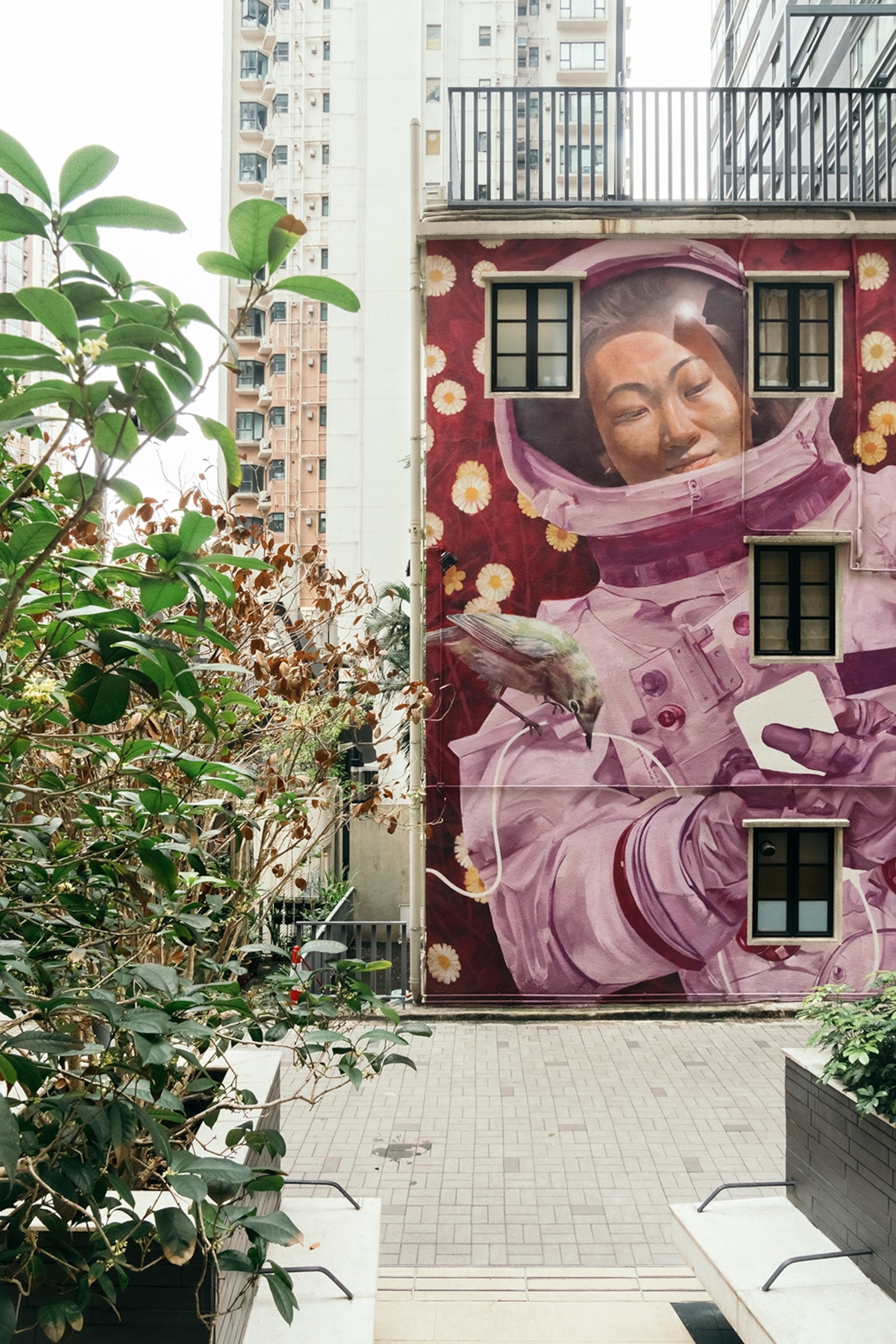
4. Admire distinctive art
“When I first came to Hong Kong, I thought it was going to be a bit of an art desert,” says Alex Unrein. It didn’t take long for her to see the error of her ways. Fourteen years on from that first visit, Alex is one of the leading proponents of the city’s dynamic street art scene, leading customised tours through the labyrinthine lanes and alleys of Central, Sheung Wan and beyond. She delights in the smaller works that pop up unannounced, as colourful and ephemeral as spring blooms, but also the more expansive and enduring pieces showcased by the HK Walls festival, now in its 10th year. Unrein’s current favourite is a three-storey-high, pink-and-red creation in Sheung Wan by Berlin art collective Innerfields. It shows a woman in a spacesuit engrossed in her phone while a bird pecks away at the charging lead; a meditation, fittingly for Hong Kong, on the intersection of nature and technology.
“For me, it’s all about the diversity and, particularly, the fusion between Asian and Western artists,” Alex says. “Hong Kong is a city through which a lot of artists pass en route to Europe, Australia or perhaps Japan. They’re here for a short time and they’re very keen to leave their mark.”
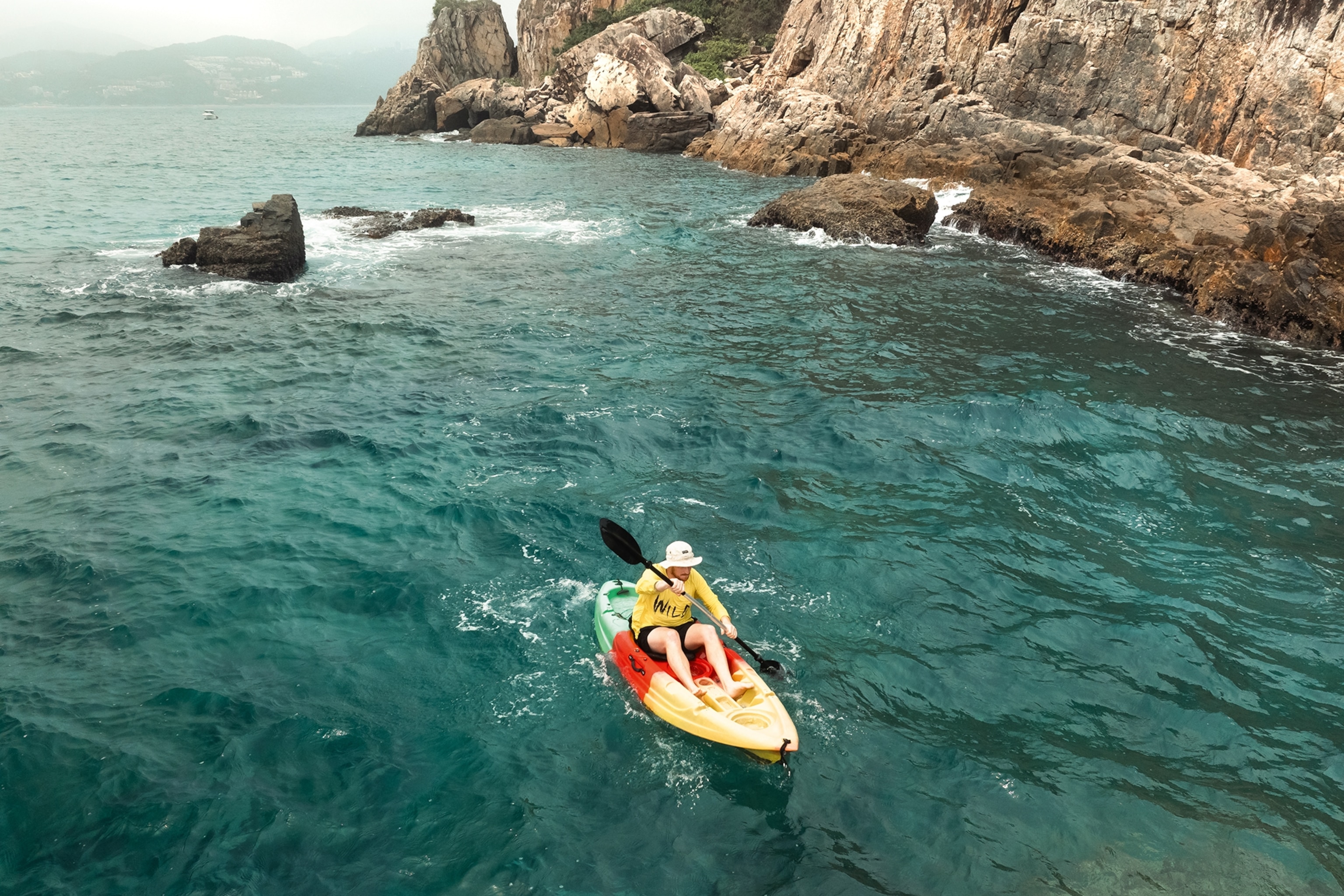
5. Take to the water
As throughout the world, the pandemic provided an opportunity for Hong Kongers to appreciate afresh what they had on their doorstep. One of their (re)discoveries was just what a kayaking gold mine they were sitting on, with more than 250 outlying islands and a glistening shoreline rarely more than a hasty portage away. One of those championing the activity is Hong Kong-born Rory Mackay.
The pick of the kayak tours he offers through his adventure outfit Wild Hong Kong is a full-day exploration of Hong Kong UNESCO Global Geopark, a tranquil, 60sq-mile tranche of protected countryside around an hour’s drive east of Kowloon. Paddlers explore mangrove channels, arches, caves and striking hexagonal rock formations that rear up from the water like primordial temples. “Some of the features you come across here you won’t find anywhere else in the world in such concentration,” says Rory. Sit-on kayaks are provided for better sea-cave access — “You can turn them on a dime” — or sit-in sea kayaks for more ambitious customised itineraries. Whatever the tour, a favourite spot for a picnic lunch is Whiskey Beach, a neat arc of white sand on the placid western shore of Kau Sai Chau island.
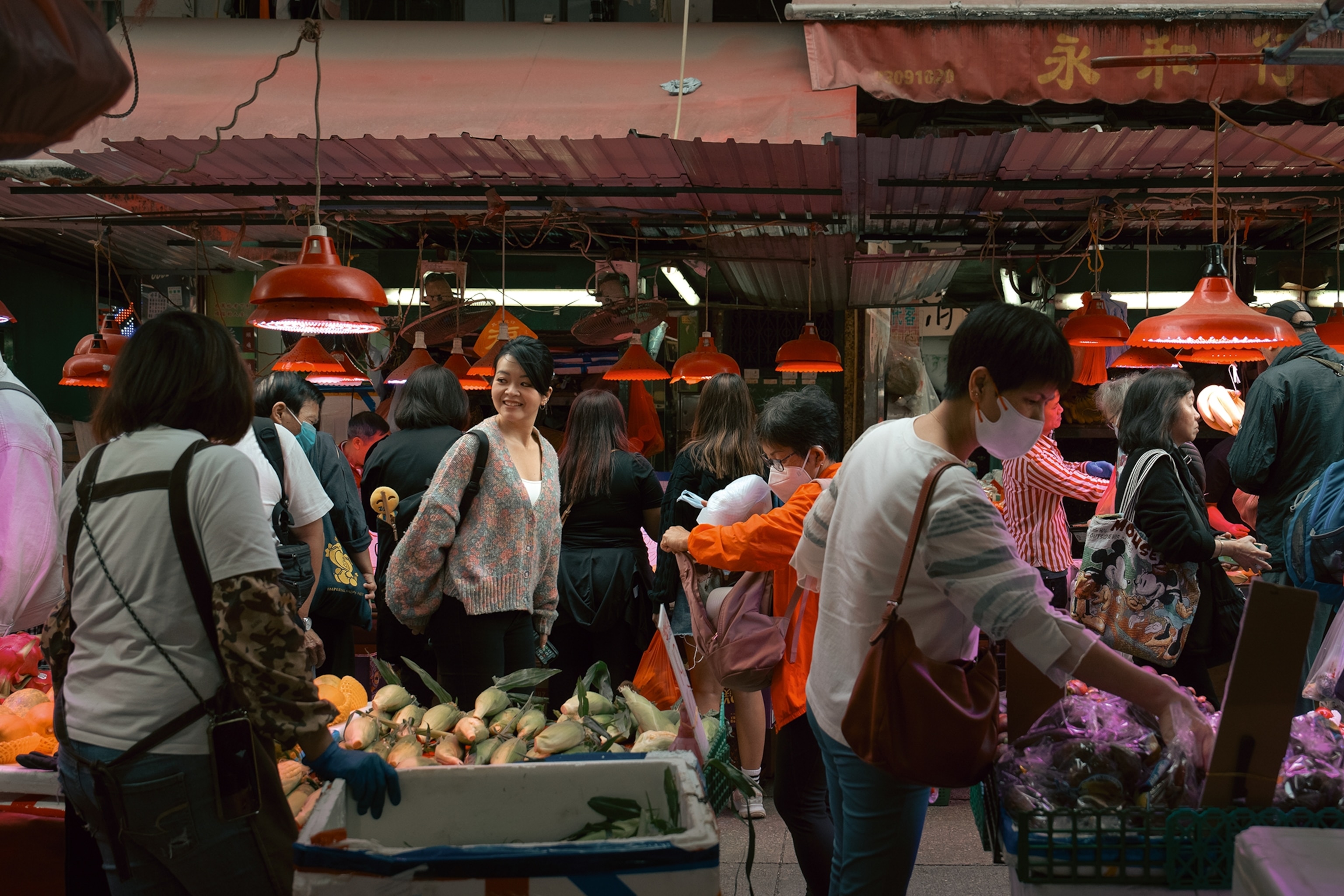
6. Take a food adventure
“How adventurous do you want to go?” asks Virginia Chan. The founder of food tour company Humid With a Chance of Fishballs has an enthusiasm for Hong Kong cuisine matched only by her knowledge of where best to find it. The general rule tends to be the more ‘sketchy’ the place (down a dark alleyway or in a run-down industrial building), the higher the chances of striking culinary gold.
Virginia uses food as a conduit for telling Hong Kong’s story. So while there’s the opportunity to sample shock dishes — such as cart noodles with coagulated pig’s blood and intestines; a splash of snake gall bladder wine; or, perhaps frog, hand-picked from a wet market and cooked at a food stall — none is offered gratuitously. “The innards chucked away by the slaughter houses, for example, used to be some of the only food poorer people could access, so families became hugely creative in how they used them,” she explains.
Mong Kok, one of Kowloon’s highest-density districts, is a happy hunting ground. Whampoa, just to the south east, is too — and it’s the focus of Humid With a Chance of Fishballs’ signature six-stop, 10-dish Whampoa Off the Eaten Path Food Tour. Wherever you go in the city, you’re going to find culinary invention, surprise and passion, says Virginia. “Every celebration or public holiday, every meeting with family or friends… it all revolves around food.”
(What to eat in Hong Kong, from char siu to wonton noodles.)
How to do it
Getting there & around
Cathay Pacific and British Airways fly daily from Heathrow to Hong Kong. Cathay Pacific also has direct flights from Manchester.
Average flight time: 13h.
Carriers such as Emirates, Qatar and Lufthansa offer one-stop flights via their European and Gulf hubs.
Hong Kong is a compact, walkable city served by metro, bus, tram and ferry systems. The HKeMobility app has real-time updates and point-to-point planners.
When to go
From October to March, it’s dry and mild (around 18C-27C). From May to late September, the heat and humidity can make sightseeing uncomfortable, and typhoons are possible.
Where to stay
East Hong Kong, Quarry Bay, Hong Kong Island. Doubles from HK$1,350 (£137).
Kerry Hotel, Hung Hom Bay, Kowloon. Doubles from £130.
Lonely Planet Hong Kong. £14.99
Love in a Fallen City, Eileen Chang. £10.99
More info:
discoverhongkong.com
To subscribe to National Geographic Traveller (UK) magazine click here. (Available in select countries only).
